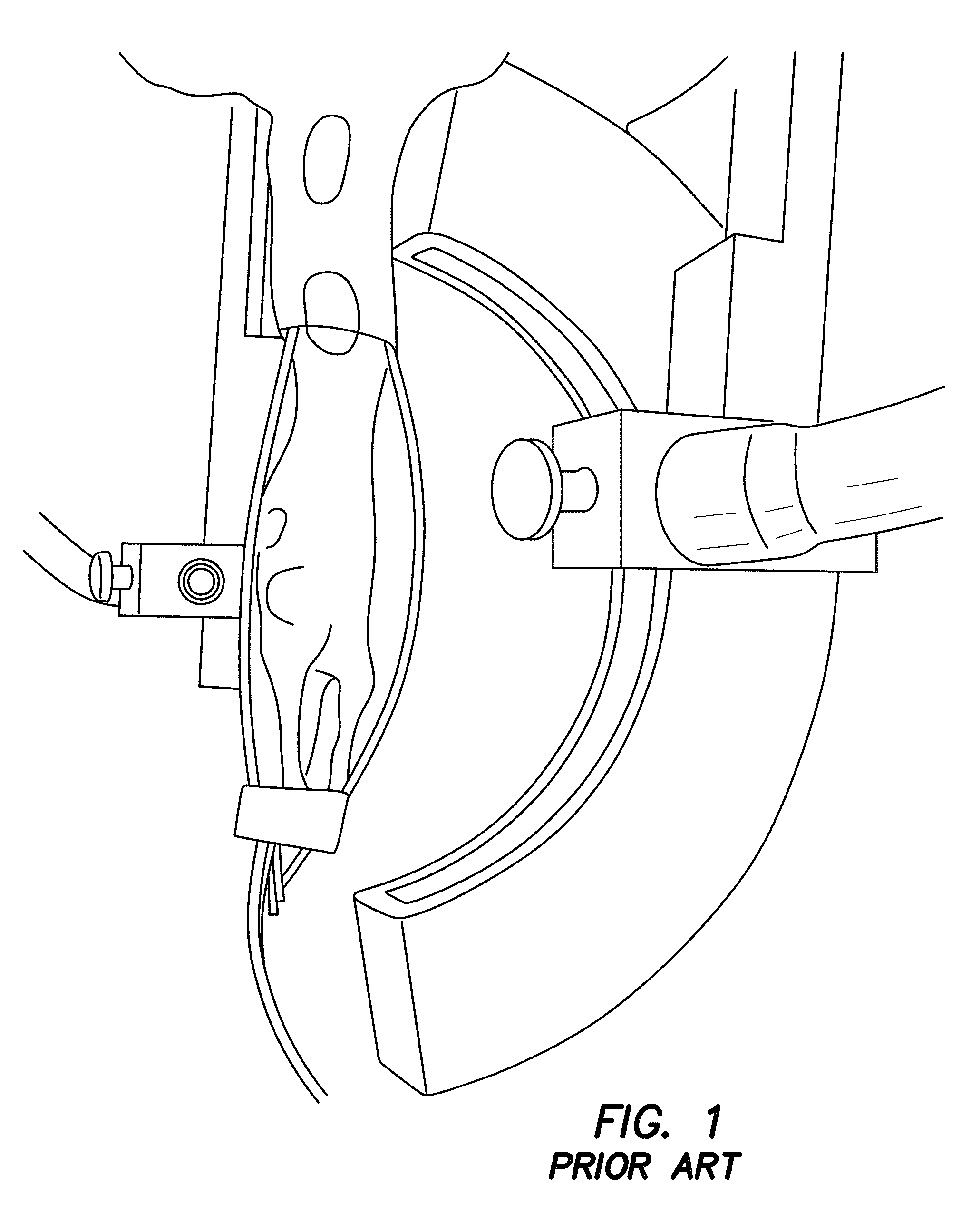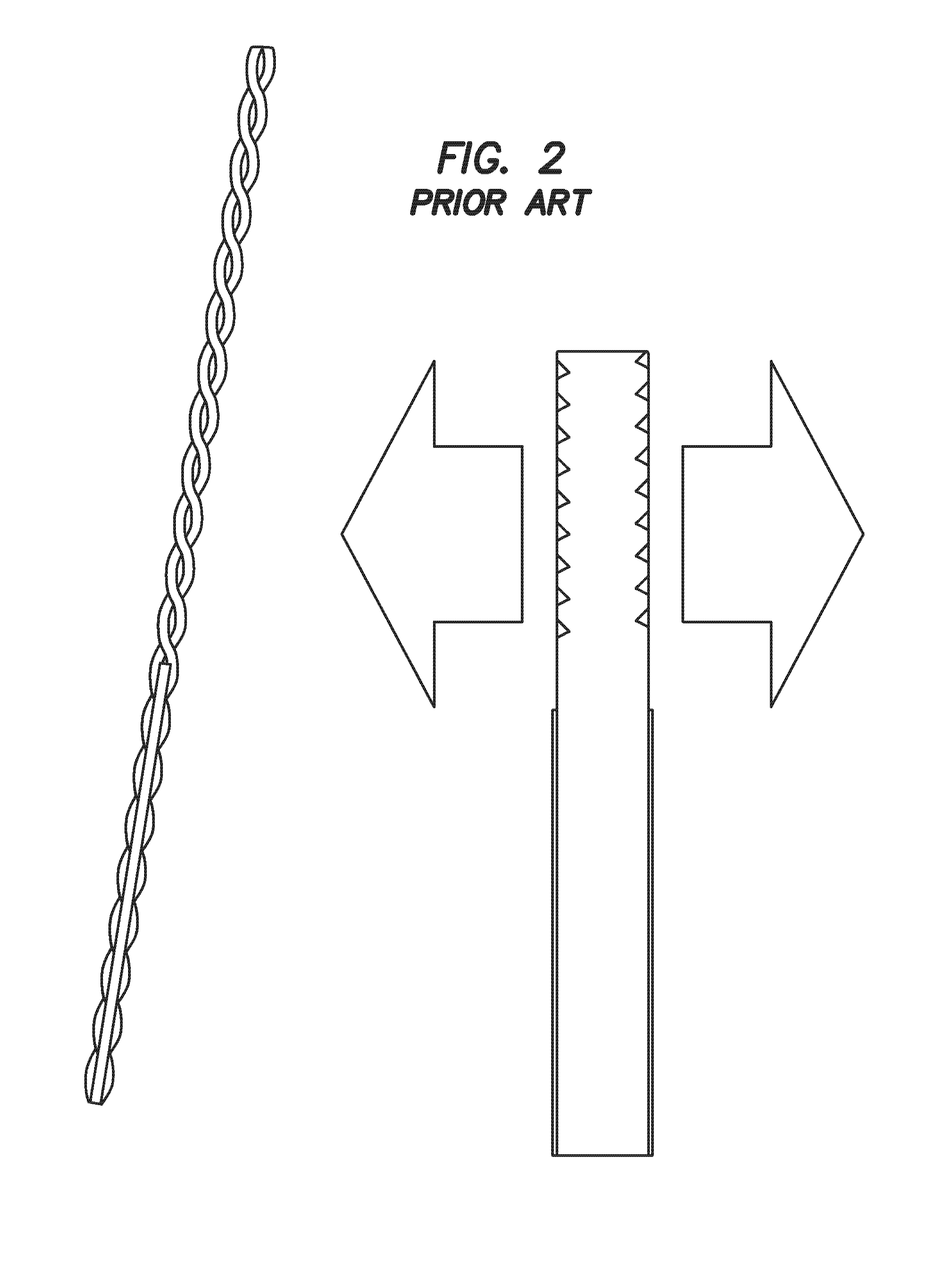Method and apparatus for photomagnetic imaging
a photomagnetic imaging and apparatus technology, applied in the field of photomagnetic imaging, can solve the problems of multi-modality approaches, cumbersome and complex interfaces, and significant barriers, and achieve the effects of eliminating image artifacts, improving localization and resolution of resulting images, and reducing the number of modalities
- Summary
- Abstract
- Description
- Claims
- Application Information
AI Technical Summary
Benefits of technology
Problems solved by technology
Method used
Image
Examples
example 1
Phantom Studies
[0069]Phantom studies mimicking small animals may be undertaken. An agar based gelatin phantom is used for this purpose. The absorption and reduced scattering coefficients of the phantom are 0.01 mm−1 and 1 mm−1, respectively. A solid state laser emitting at 808 nm is used for illumination. Its output is coupled to three 20 m long multimode fibers of 1 mm in diameter, using a custom made fiber optic connector. The other end of the fibers is polished and fixed into a 3″ long plastic probe. The laser diode controller and the laser itself is kept in an MRI control room, and the optical fiber is passed through waveguides into the MR scanner room. An animal MR / Optical imaging interface for conventional optical tomography studies is employed. The agar phantom is placed in an RF coil that is fixed in the center of the fiber interface, and the fiber probes inserted through the top and two side holes (perpendicular to the top one) on the fiber optic interface. The light output...
example 2
Rat Imaging
[0070]The utility of PMI in vivo is demonstrated by rat imaging with an RF coil using the experimental prior art photoacoustic tomography setup in FIG. 1. Data is acquired using a single illumination probe on top. Temperature images is acquired from a rat. As seen from FIGS. 7a-7e, data acquired from this embodiment shows that we can successfully heat the animal tissue up to 1.5 cm depth within ANSI limit. What is shown are in vivo results using a rat. These four temperature maps were obtained while the laser is on and under ANSI limit. The images of FIGS. 7d and 7e show the superimposition of anatomic image and temperature map obtained at 88s. The yellow arrow shows the probing depth, which is 1.5 cm. The red arrows indicates the illumination area. Hence, PMI is achieved for whole-body imaging of rats using illumination from multiple views. It is expected to probe much deeper in other tissues such as breast due to its lower optical absorption compared to animal tissue.
example 3
Multiple Fiber Illumination
[0071]In a further embodiment, multiple side-shooting threaded diffuser fibers are distributed inside the RF-coil around the sampling volume. FIG. 2 is a diagram of a conventional threaded diffuser tip available from Polymicro Technologies, Phoenix, Ariz., which is suitable for a catheter-based PMI approach simultaneously illuminating all surrounding tissue. This embodiment is used to implement illumination patterns within smaller volume scanners. The diffuser fibers are customized to illuminate only a half cylindrical area instead of a full cylindrical area.
PUM
 Login to View More
Login to View More Abstract
Description
Claims
Application Information
 Login to View More
Login to View More - R&D
- Intellectual Property
- Life Sciences
- Materials
- Tech Scout
- Unparalleled Data Quality
- Higher Quality Content
- 60% Fewer Hallucinations
Browse by: Latest US Patents, China's latest patents, Technical Efficacy Thesaurus, Application Domain, Technology Topic, Popular Technical Reports.
© 2025 PatSnap. All rights reserved.Legal|Privacy policy|Modern Slavery Act Transparency Statement|Sitemap|About US| Contact US: help@patsnap.com



